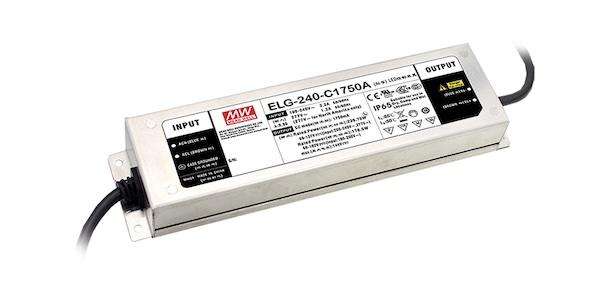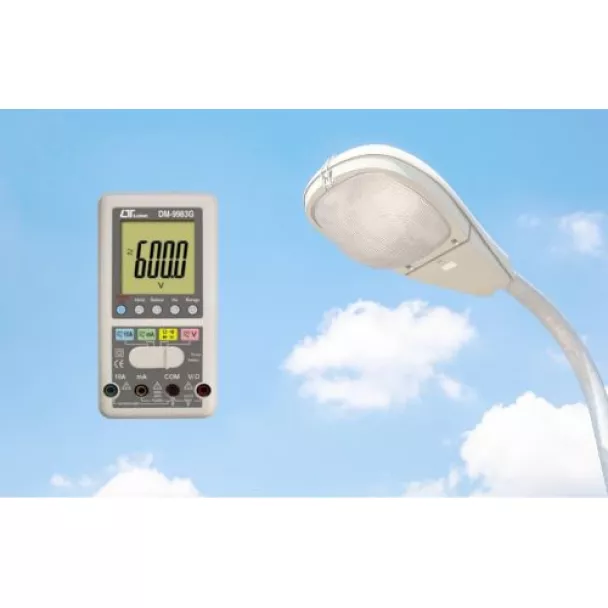How to Test If It Is the LED Driver or Luminaire That Has Failed
When a LED light fails the presumption that is often made is that the LED driver has failed.
This isn’t necessarily the case. There are some scenarios where LED failure is more likely. For example, if LEDs have been connected in parallel to constant current LED driver.
You can read more about this in our blog post about this topic:
LEDS SHOULD NOT BE CONNECTED TO CONSTANT CURRENT LED DRIVERS IN PARALLEL
How to Test If LED Driver or LEDS Have Failed
We will use a MEAN WELL ELG-240-C2100A as a test case.

Only qualified electricians should carry out this testing.
Power up the LED light fitting.
Use a voltmeter and measure the output voltage of the LED driver. Constant current LED drivers may be at an exceedingly high voltage, so be careful.
If the LEDs have failed the output voltage of the LED driver will be at its rated output (maximum voltage output for a constant current LED driver). The ELG-240-C2100A is a constant current LED driver, to it will be up at around 115V DC. If the LED driver has failed there will be zero volts on the output.
If there is a short circuit the output of the ELG-240-C2100A will be zero or close to it. You can measure the resistance across the output of the ELG-240-C2100A with the power turned off. It should be a very high value. If it is close to zero, you have a short somewhere.
Please do not hesitate to contact Power Supplies Australia if you have a question about selecting a suitable LED driver for a light fitting.
